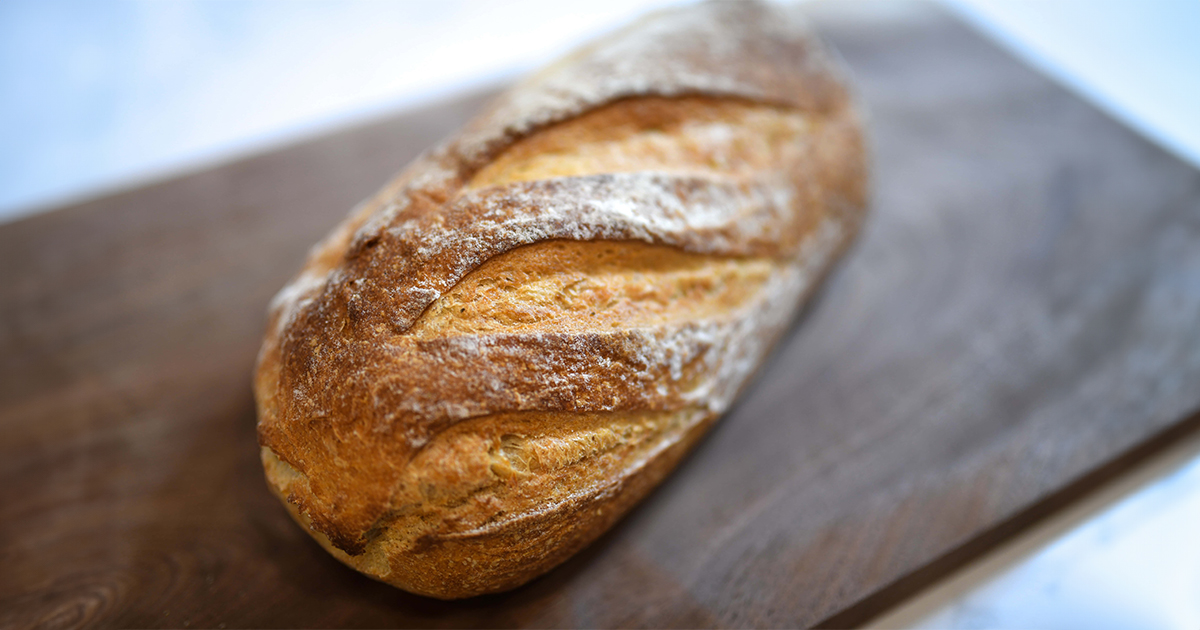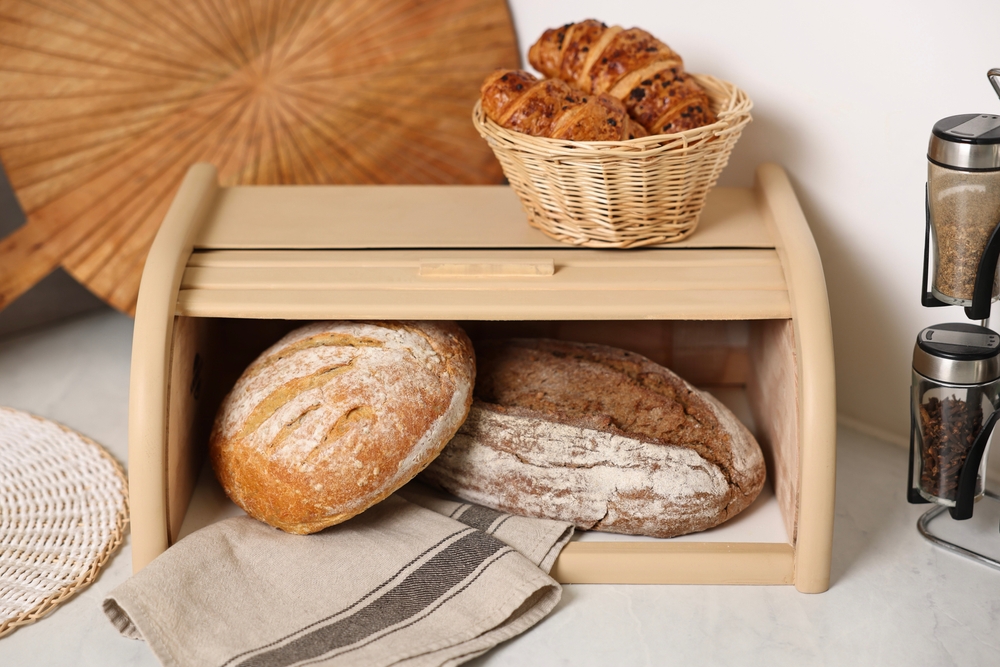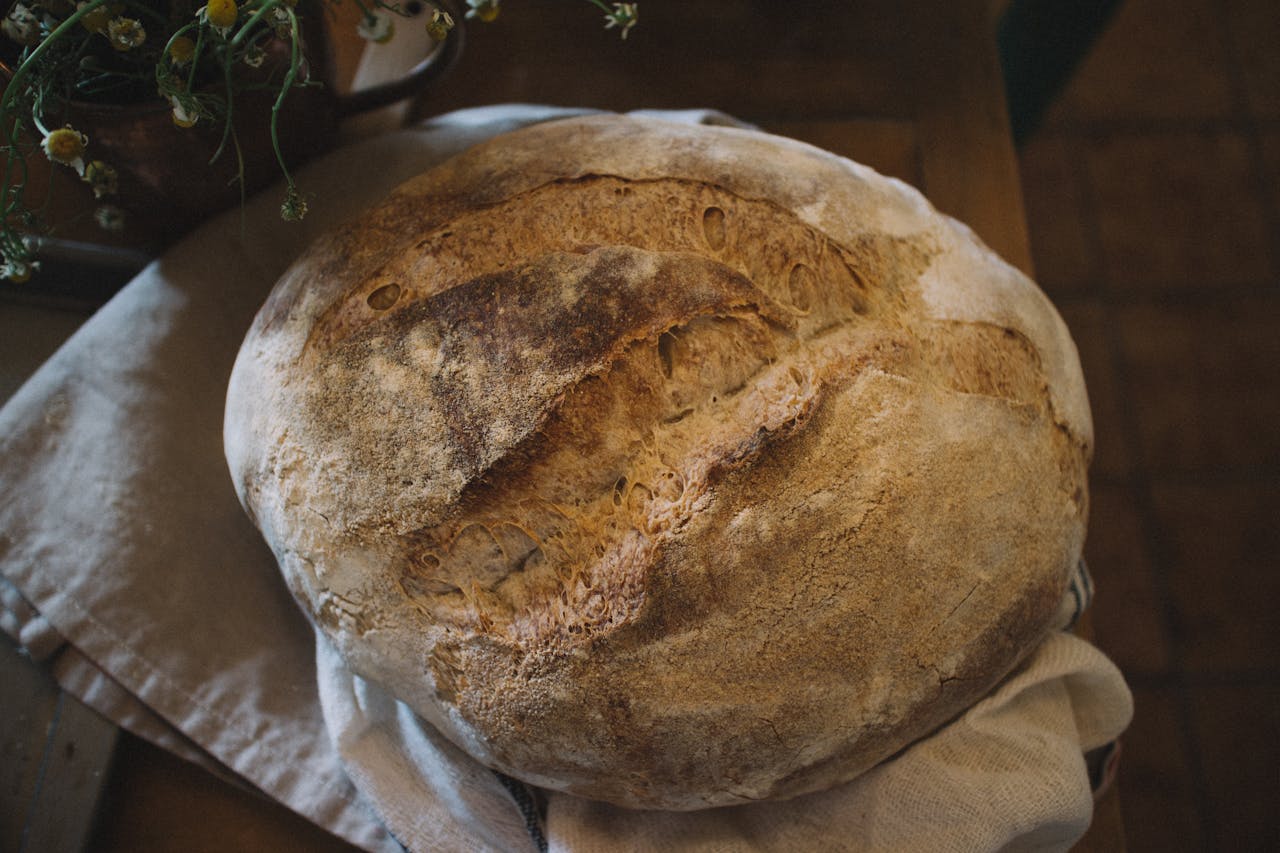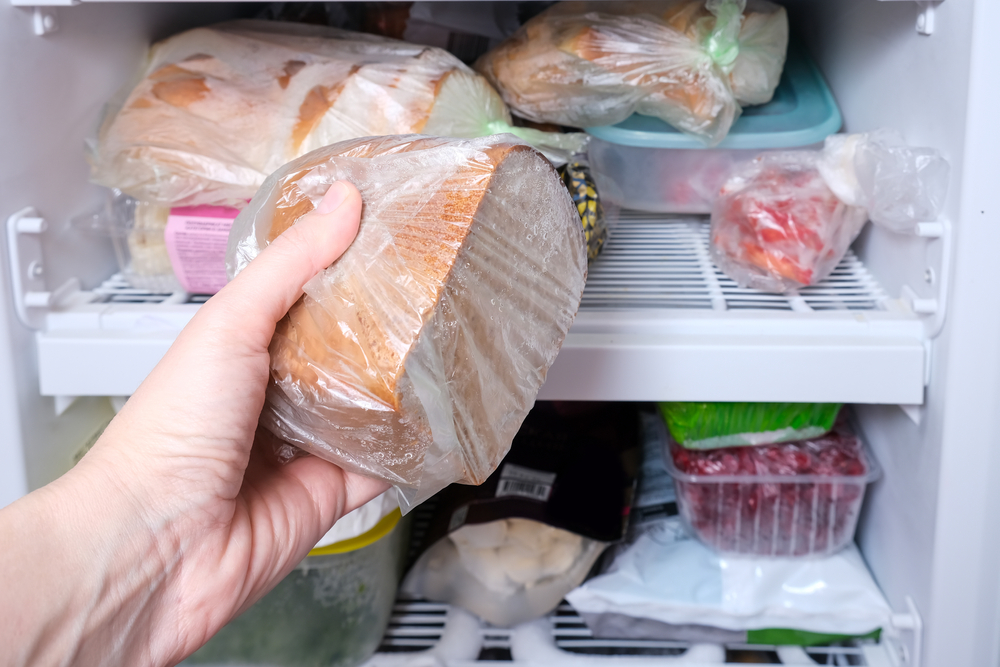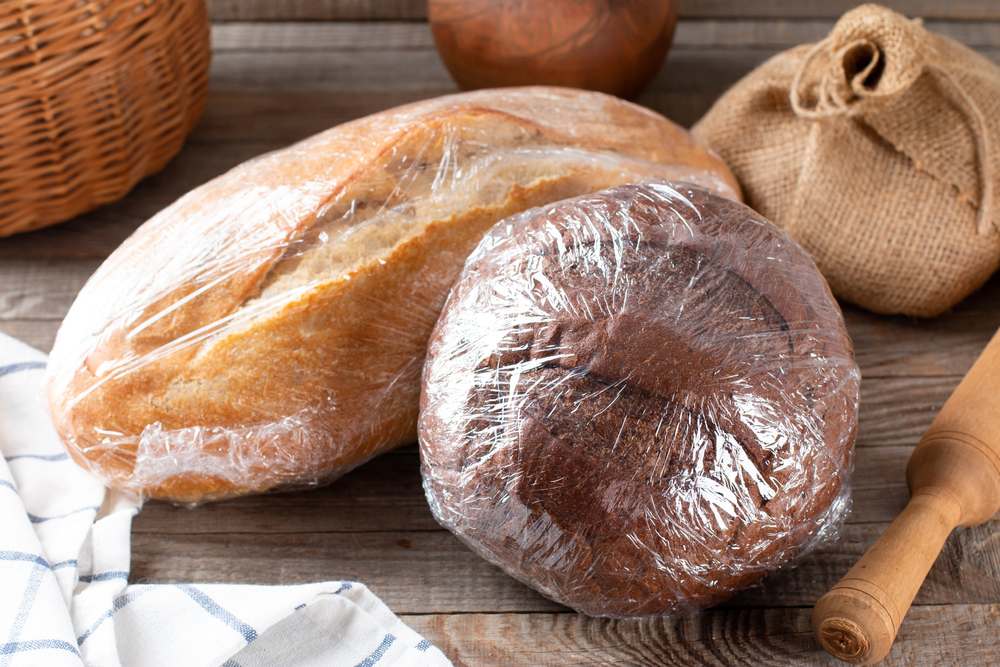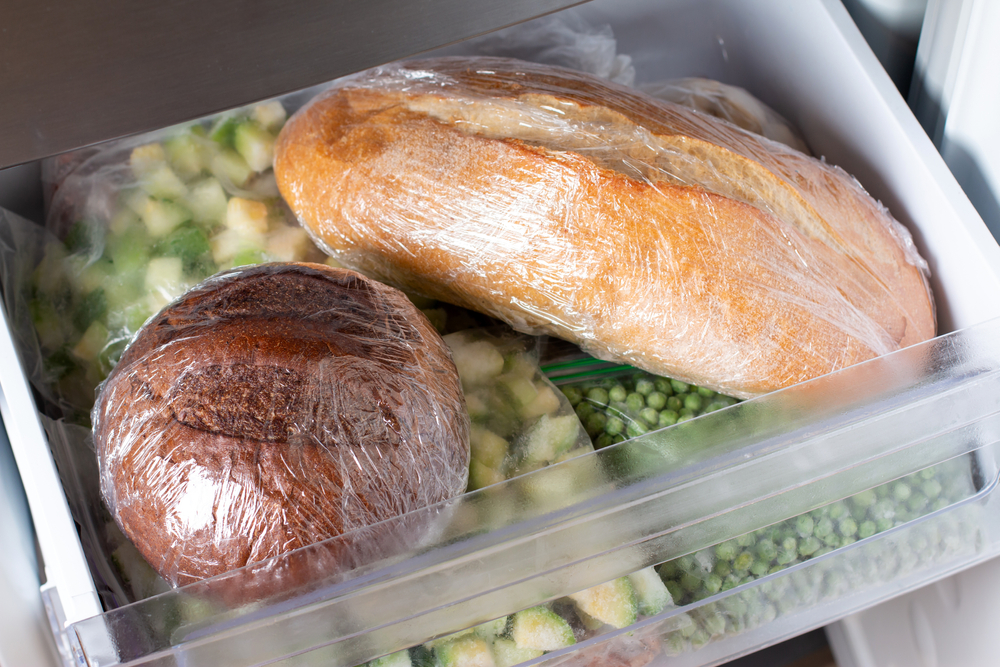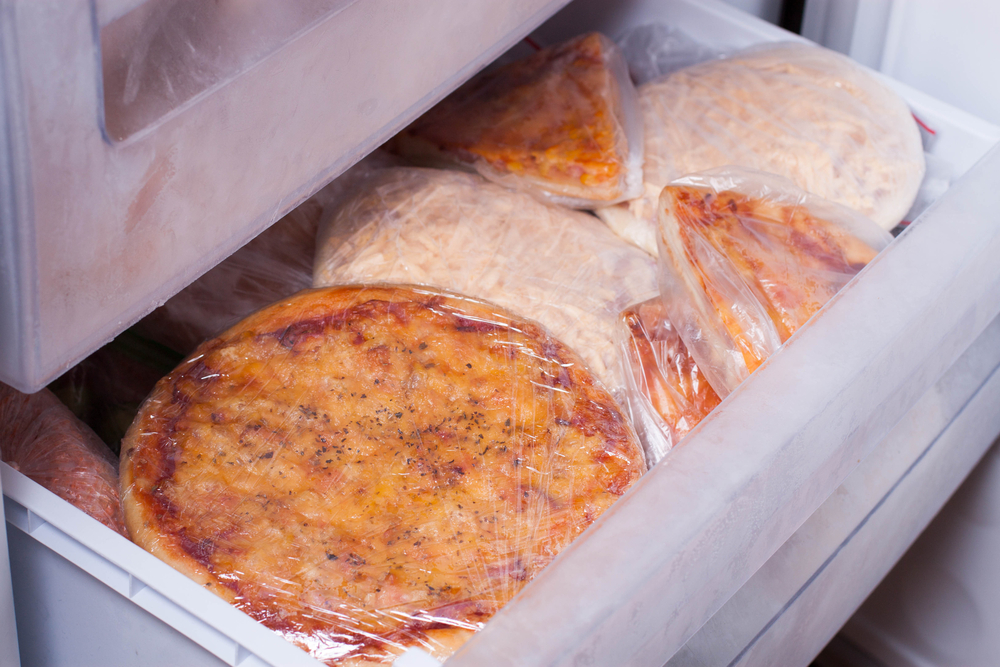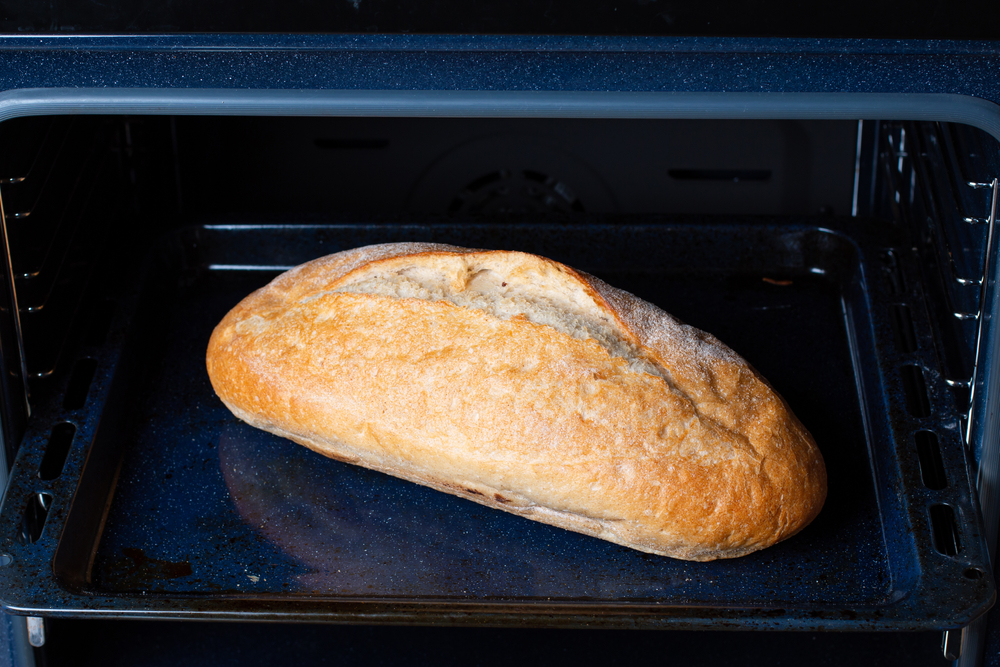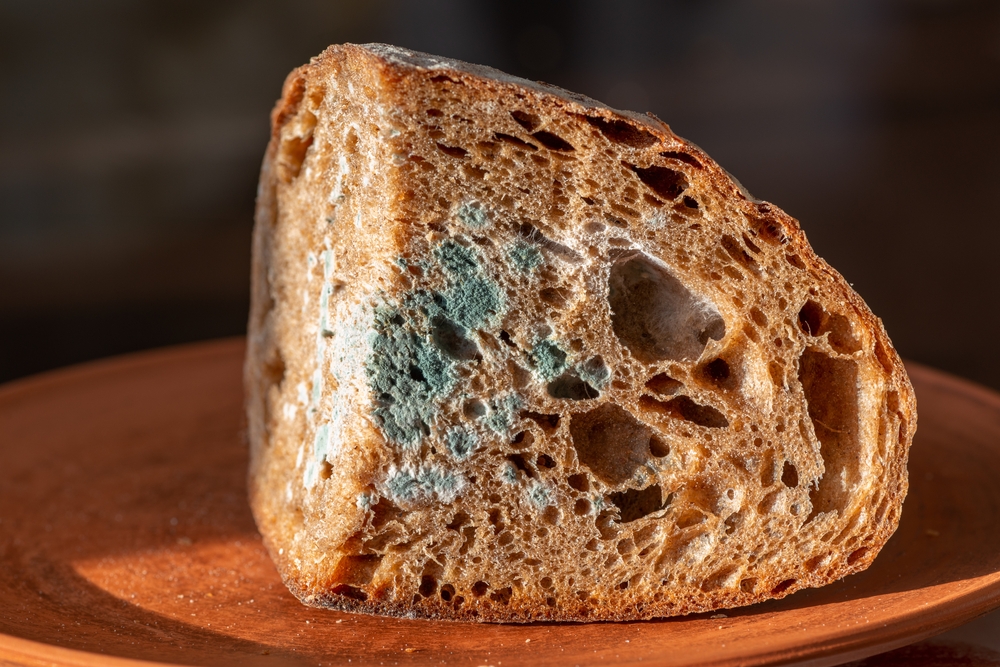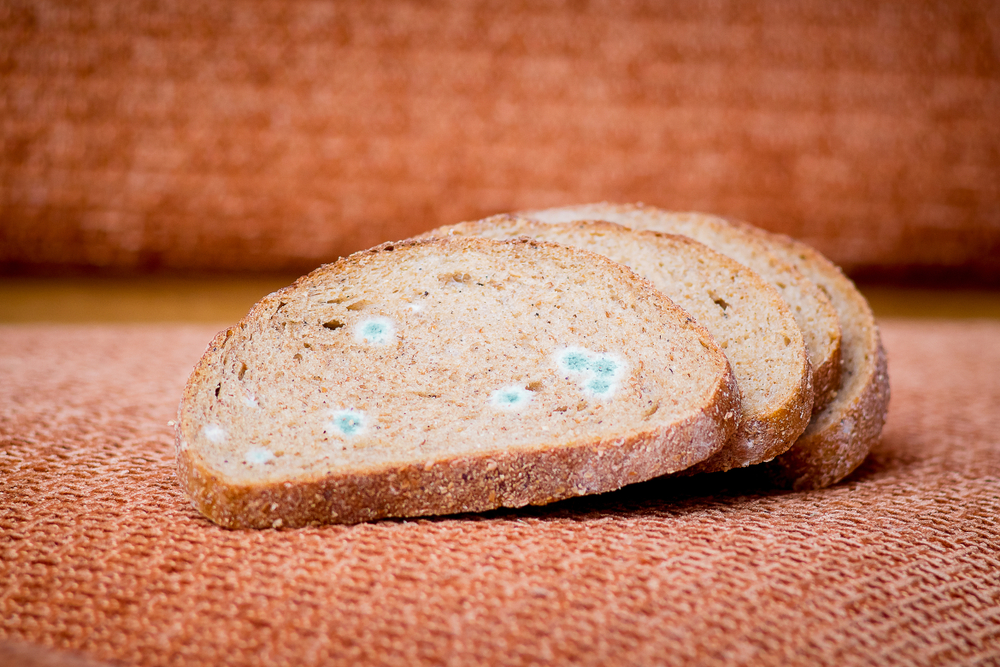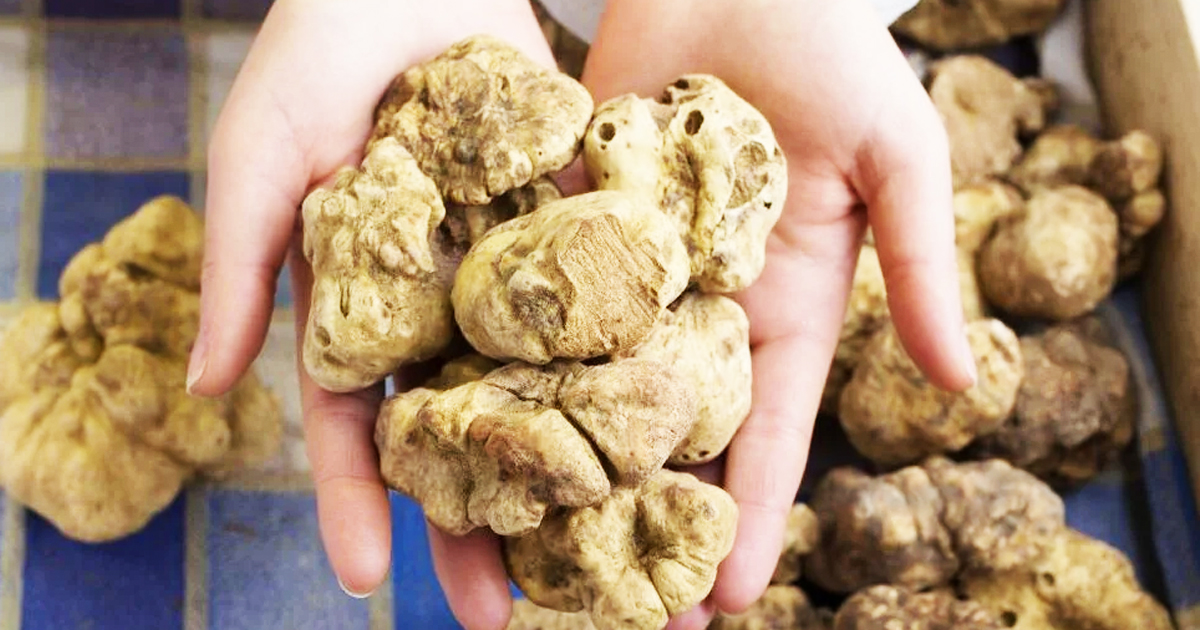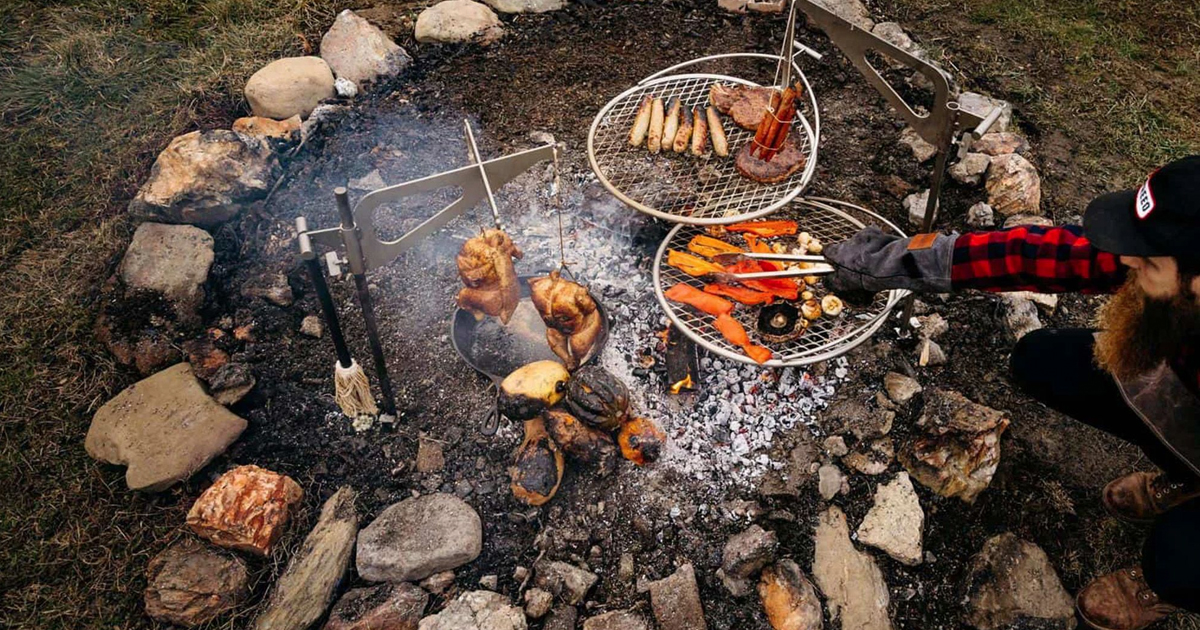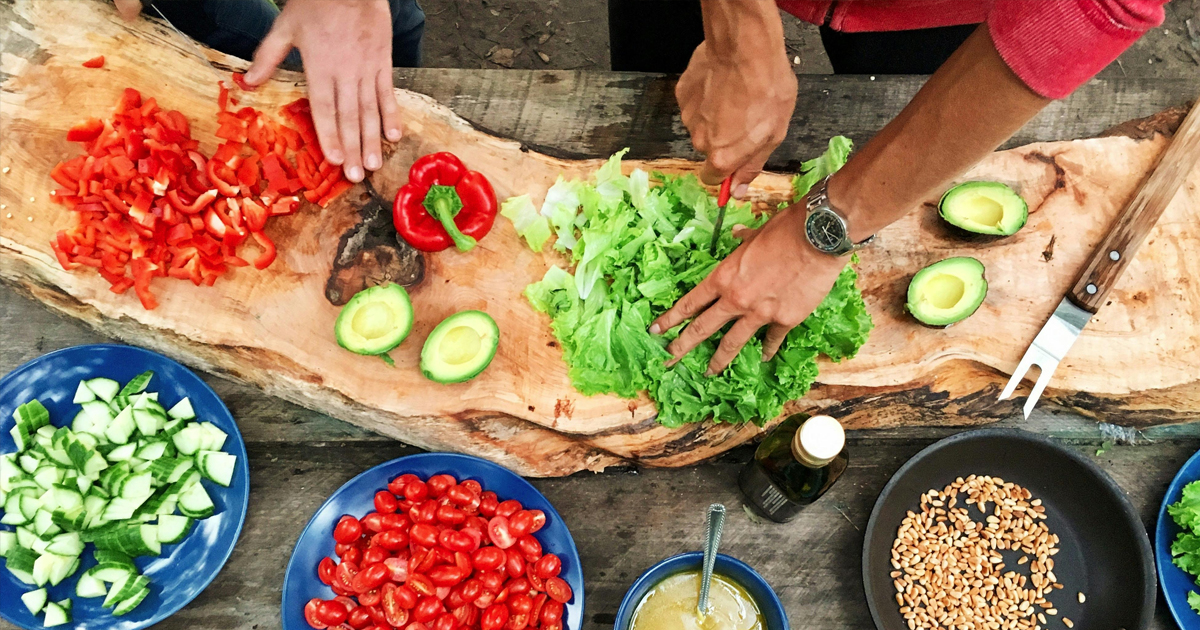Are You Doing It Right?
Some of us like to keep our bread on the kitchen counter while others prefer to store it in the fridge. But what’s the right way to keep your bread fresh and tasty? We’ve got the inside scoop from Kathleen Robbins, the Vice President of Research & Development at Sara Lee's parent company, Bimbo Bakeries USA.
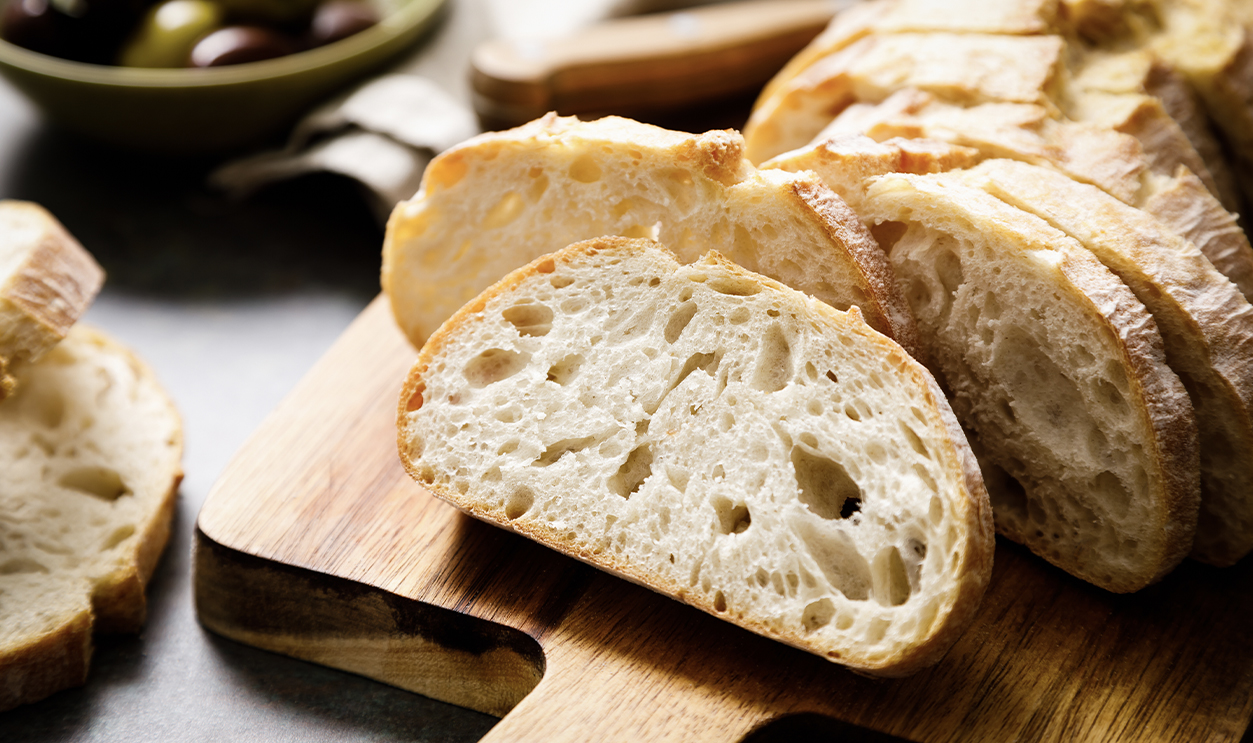
Keep It Cool
For the most part, keeping your bread in airtight packaging at room temperature is the best way to store it. Kathleen Robbins recommends that sliced bread be stored “in a cool, dry place like a pantry”. However, some kinds of bread do better with a different way of storage.
Moisture Matters
Different kinds of bread are made with different kinds of flour, which affects the bread’s moisture content. Whole grain bread, for example, has a high moisture content.
The Fridge Is Good, Too
Robbins says that because of its moisture content, whole grain bread “may have a shorter shelf life at room temperature compared to white bread”. Breads that have a higher moisture content can still be stored at room temperature, but keeping them in the fridge will extend their shelf life.
Keep It Airtight
To prevent air from spoiling your bread, reseal the plastic bag with a reusable bag clip. You could also get a glass or plastic bread box.
Freeze It
If you want to stock up on bread, freezing it is a great way of keeping it fresh. You just have to make sure that it’s kept in an airtight container, which will keep it from getting spoiled by freezer burn.
Don’t Get Freezer Burned
To properly freeze your bread, Robbins recommends tightly wrapping the bread in a second plastic bag. The “double layers” will keep it safe from freezer burn. Robbins suggests not keeping bread in the freezer for longer than three months.
The Right Way To Defrost It
When you’re ready to defrost your bread, just put it in the fridge to defrost overnight or defrost the loaf at room temperature by putting it on a cooling rack so it gets good airflow and won’t get affected by condensation. If your bread is sliced, you can also heat up single slices in the toaster.
Watch Out For Mold
If you see any mold on your bread, it’s time to throw it in the green bin. Even if it’s a small patch or only on one slice, the whole loaf is spoiled. As Robbins warns: “Mold spores can travel and contaminate other parts of the bread even if you cannot see them”.
Don’t Underestimate The Mold
Mold can come in various colors, depending on the type of fungus that is spreading through the bread. In addition to tasting bad, eating moldy bread can make you sick. Inhaling mold is also dangerous and can cause breathing problems.
It Might Still Be Good
Aside from visible mold, a weird smell or excessive hardness can also be a sign that your bread has reached the end of its shelf life. However, if it’s stale but not too hard, you can still use it—stale bread is perfect for croutons or recipes that call for breadcrumbs.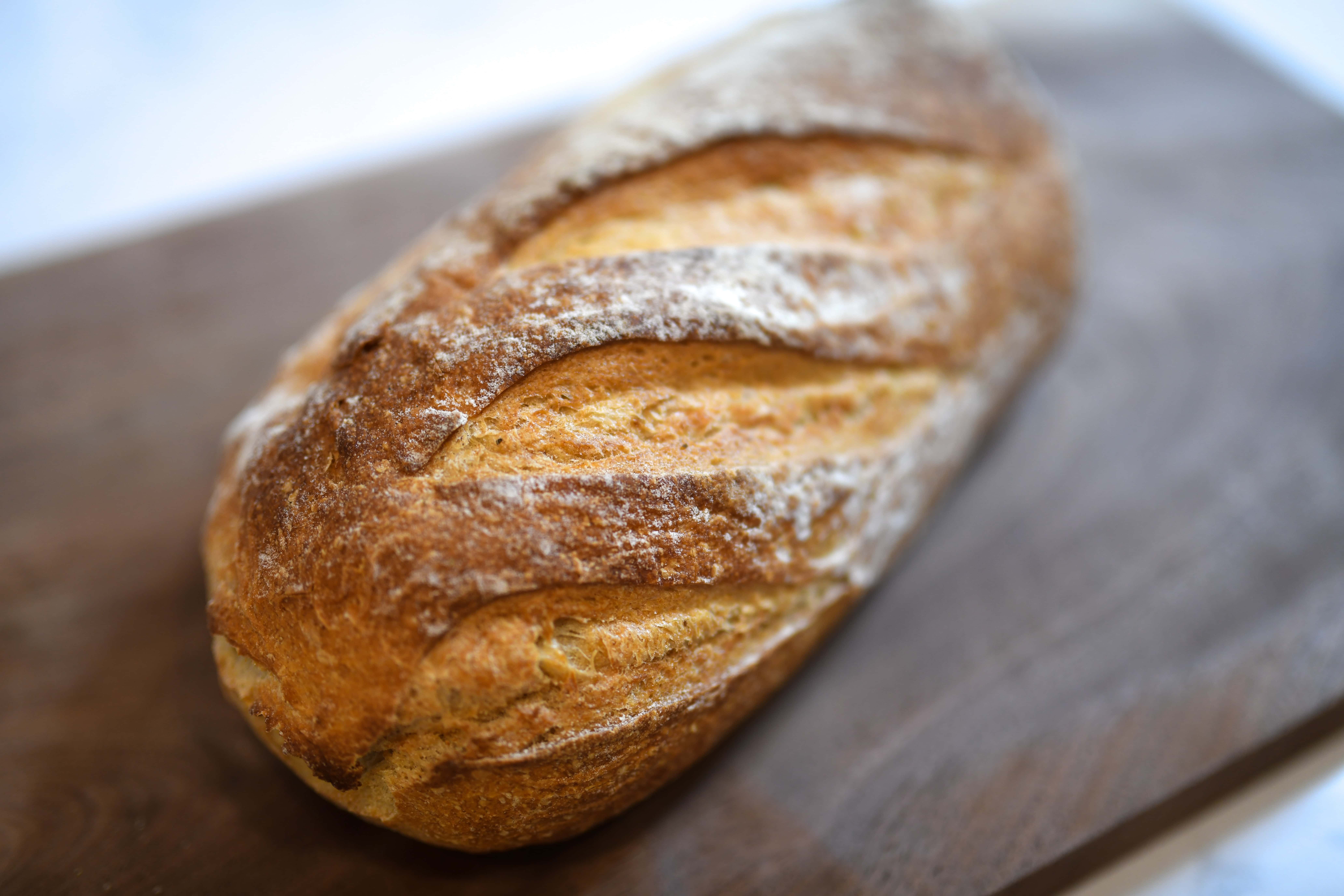 Unsplash
Unsplash

